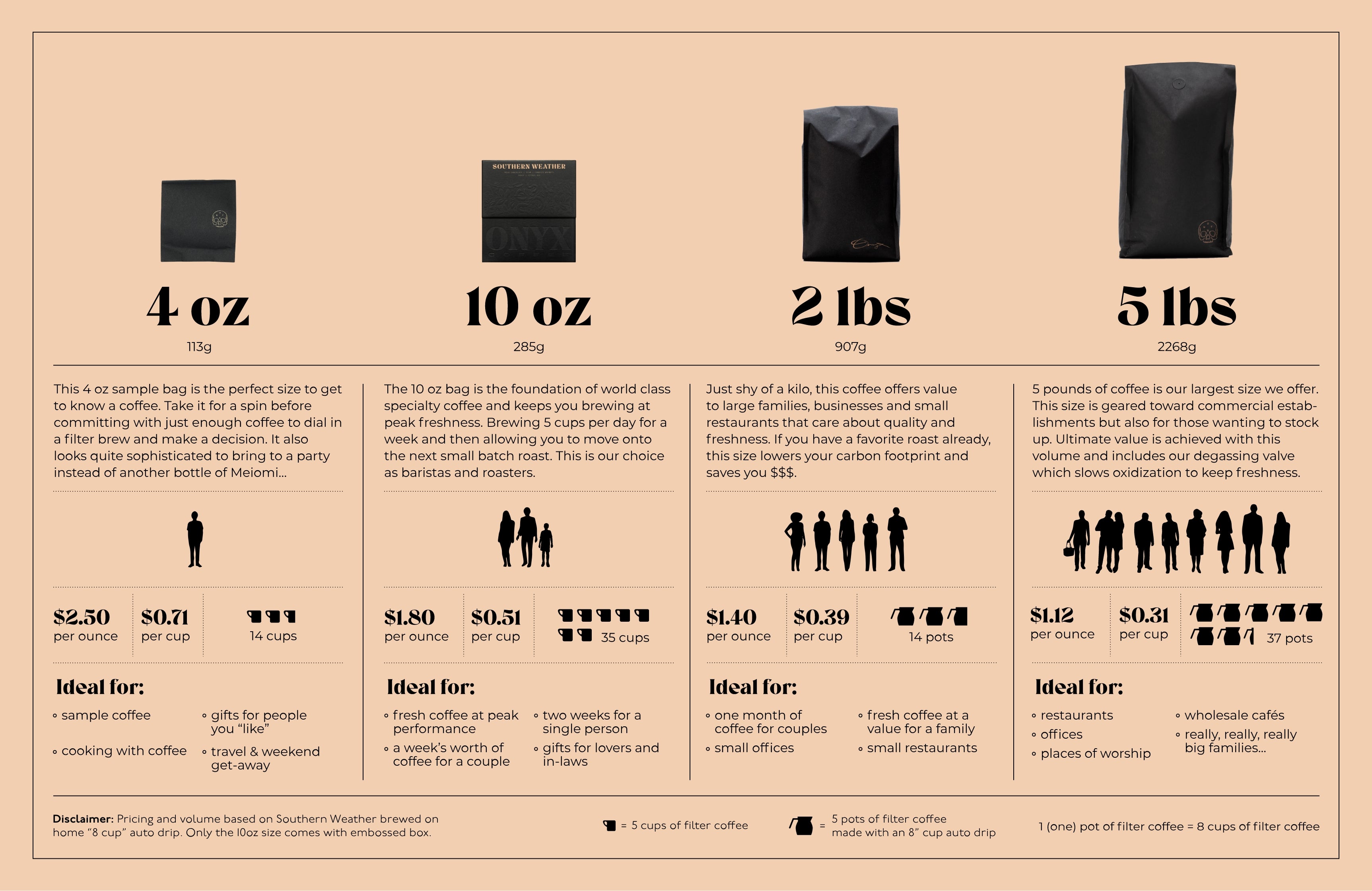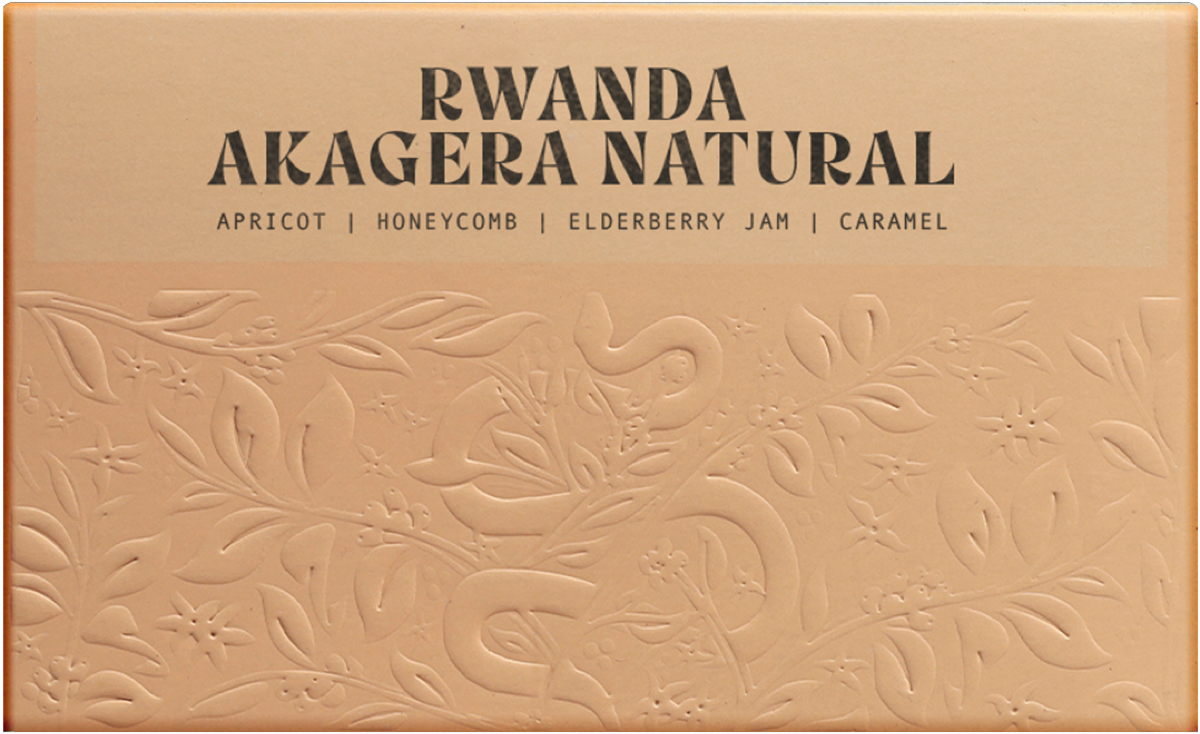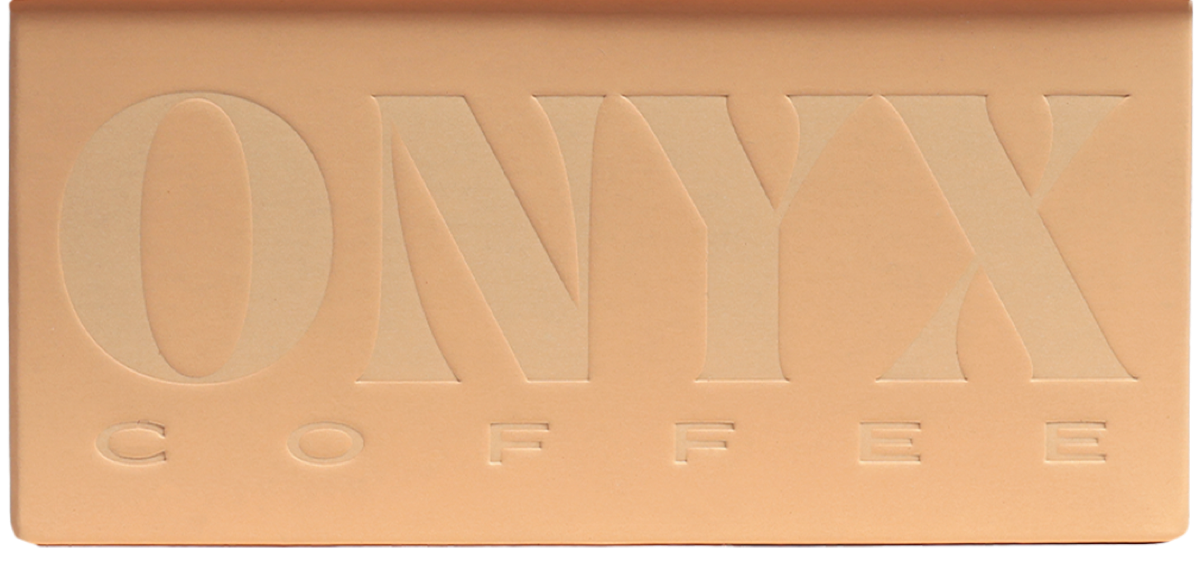Story
This lot comes to us by way of our friend Ben Bowdoin of Sundog Trading. Numerous phone calls, emails, and text exchanges have taken place with Ben over the past few seasons without any purchases taking place. In the tumultuous time of a global pandemic, coffee sourcing went from complicated to ultra complicated, which has slowed the growth of many small start ups like Sundog. This hasn’t discouraged Ben, and this season he connect with us through a wonderful sample of this natural processed coffee he sourced alongside Baho Coffee. After some sampling, some further sampling, then some even further sampling,* we contracted the entirety of this intriguing 33 box lot.
Reference the Transporation Blurb for further details on the movement of coffee samples.
BAHO COFFEE AND THE AKAGERA STATION
The Akagera processing station is a small station located in the subregion of Nyamasheke. Over 400 farmers deliver their cherry to this station, with the average farmer only growing 200 or so coffee trees. The highlands surrounding the station are perfectly situated for coffee cultivation. Oftentimes these small farms are intercropped with corn and potatoes, which is common subsistence farming for small-holders. Baho coffee has been working through new ways to provide better financial support to small-holder producers through new ways of incentivizing pricing. This natural is a part of this ongoing project.
NATURALLY PROCESSED COFFEE
Natural coffees are beautiful…Okay, natural coffees are beautiful when done properly, but can be equally terrible when things go wrong. Natural processing, or dry processing, refers to the act of drying and fermenting coffee inside the cherry. Long before the age of portafilter tattoos and dual-boiler home espresso machines, coffee was picked and dried this way out of convenience. It is, to this day, still the most convenient and economically friendly way to process coffee cherries. (It’s estimated that dry-processing can use up to 90% less water than the washing process.) So why isn’t all coffee processed this way?
Well, as coffee made its way across the world, it was commoditized and standardized, just like all other products spread by colonialism, but that’s a whole other story... Adding to the boom of washed processing, the natural process method can be tricky to get right, due to the delicate nature of fermentation and drying. What does all this have to do with the final cup? Well, when you leave the skin and fruit of the coffee cherry on the seed throughout fermentation and drying, that fruit begins to break down, imparting esters that influence delicate florals and big fruit notes into the seed that survive the roasting process. If it’s rushed or handled incorrectly, this fruit rot can lend off-flavors to the coffee, making the final cup dirty or ‘fermenty.’ Basically that single cherry begins to slowly decay, and controlling that delicate action through advanced technique and metrics allow us, lucky folks, to drink wonderfully floral and fruity coffees. We have long promoted natural processed coffees, and this unique Rwandan microlot is just one of the reasons we do.



